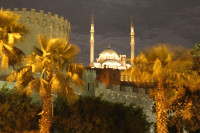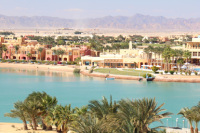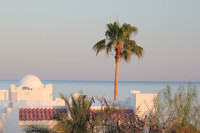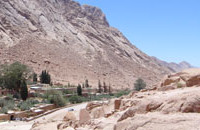Travel
Glossary for your Egyptian trip: most popular terms and names
During my 8 trips to Egypt, I learned a lot about the history, cooking and geography of this fabulous country. Here are a few terms which may help you during your next trip.
Abu: father of
Ahwa: coffee
Aish baladi: means life, used to talk about the Egyptian flat bread. Flat bread is thin and 7.9 inches (20 cm) long maximum, cooked on a fire.
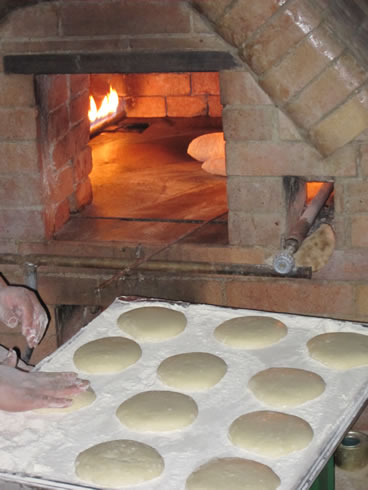
Flat bread cooked outside in an oven
Assuan: on the east bank of the Nile River in the South of Egypt. Popular destination for boats descending the river.
Bakschisch: tip
Carter Howard: British archaeologist, known for his diggings in Thebes and the Valley of the kings. He found the tomb of Tutankhamun in November 1922 after years of digging. One can see his house in the Valley of the Kings.
Gebel/Jabel: Mount
Gebel Musa: Mount Moses in the Saint Catherine Protectorate Park
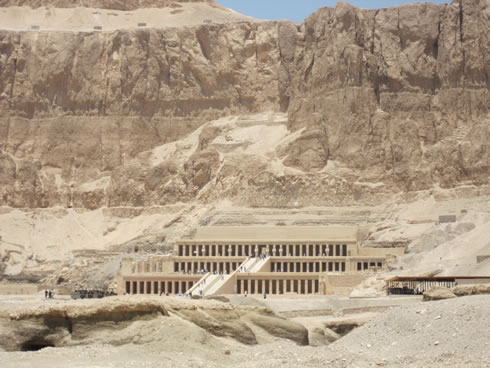
Temple of Hatshepsut in Egypt
Hatshepsut: powerful female pharaoh of the 18th-dynasty known as “Djeser-Djeseru”.
Hummus: Middle eastern spread made with chickpeas, tahini and other ingredients. It is very popular in Egypt and served with flat bread.
Luxor: Egyptian city in the South of the country, located on the Nile river and known for its many temples and tombs.
Omar el Khayam: Egyptian Cabernet Sauvignon wine produced by Gianaclis also spelled Omar Khaggam. It takes the name after the Persian Philosopher.
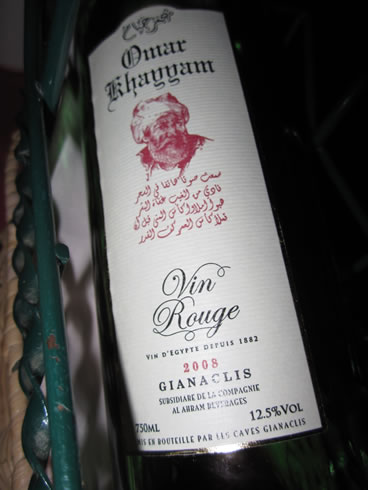
Omar Khaggam wine
Ramses II: Pharaoh of Egypt of the 19th dynasty also referred to as the Ramses the Great. Known for its temple in Abu Simbel, wars and marriage to Nefertari.
Ra: also spelled Re to refer to the God Sun in Egypt
Ras: in the Arabic language means “head” or “cape”. There is a famous park called Ras Mohammed in southern Sinai, good for diving.
Sharm el Sheikh: popular Egyptian city, known for its great snorkeling and diving facilities. Located at the end of the Sinai Peninsula between the Red Sea and Mount Sinai.
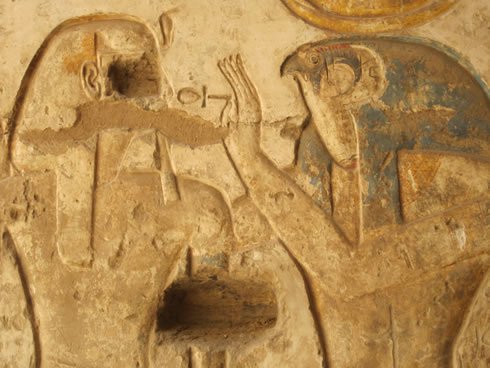
Sinai: Peninsula in the South of Egypt, known as the Holy land where several major religions started. Great place to dive and look at the Red Sea fish.
Thebes: in ancient Egypt, town referring to Luxor and Karnak cities
Tutankhamun: Egyptian pharaoh who reigned only 9 years and died in 1325 B.C. His tomb was found in 1922.
Wadi: comes from the Arabic language. It refers to a valley in the desert, most of the time dry, but could be flooded during the rainy season.
Tuf-Tuf: little train bringing you from to the entrance of the tombs like in the Valley of the Kings or Hatshepsut.

